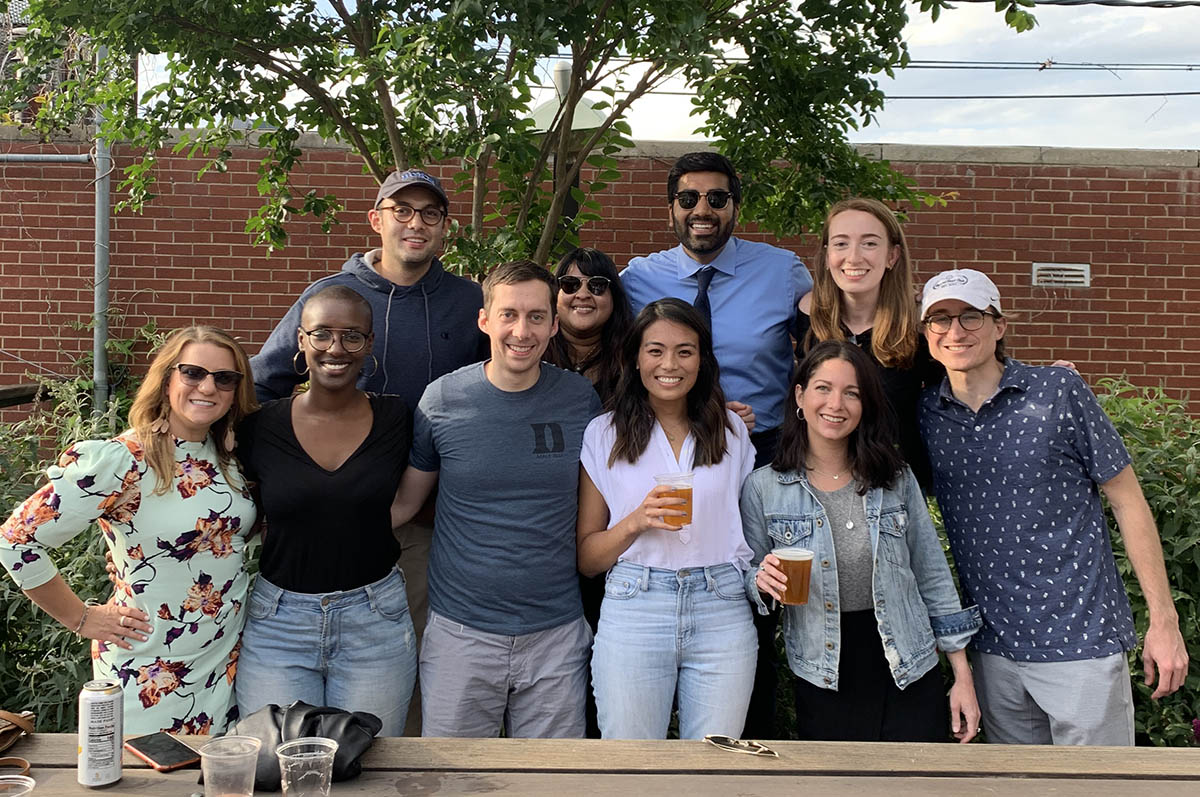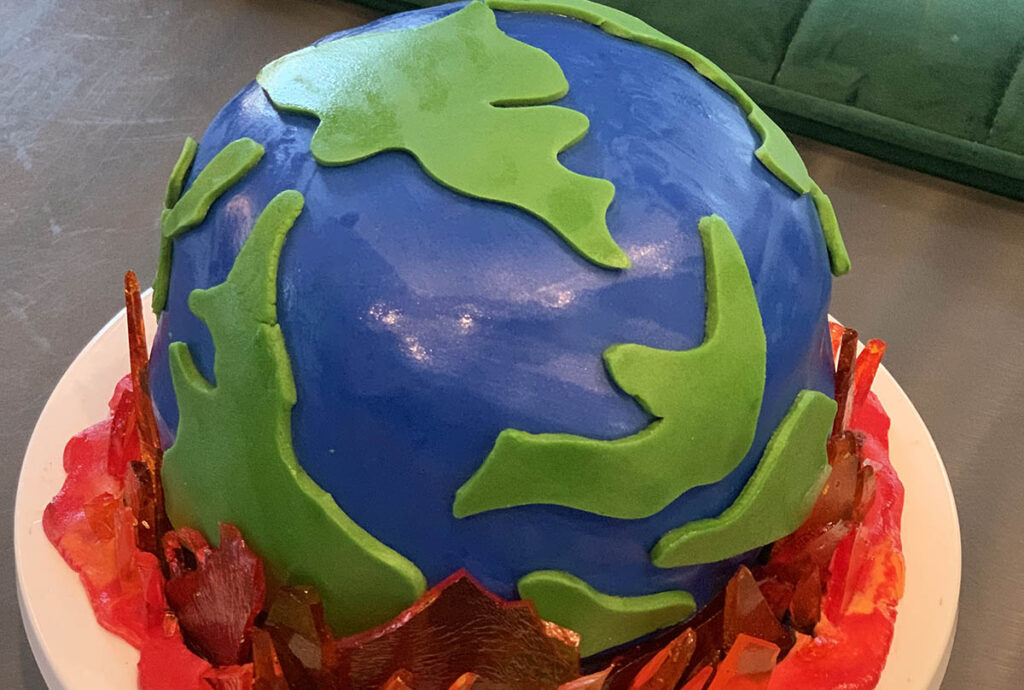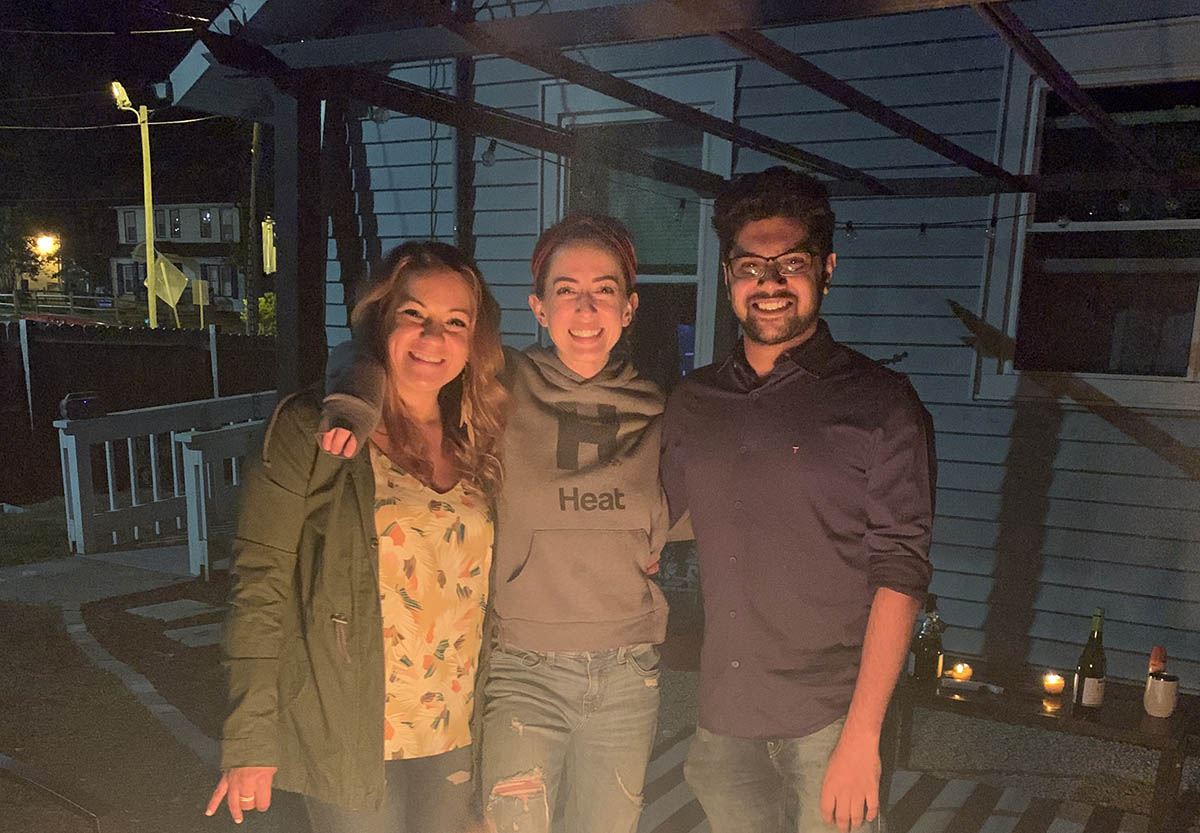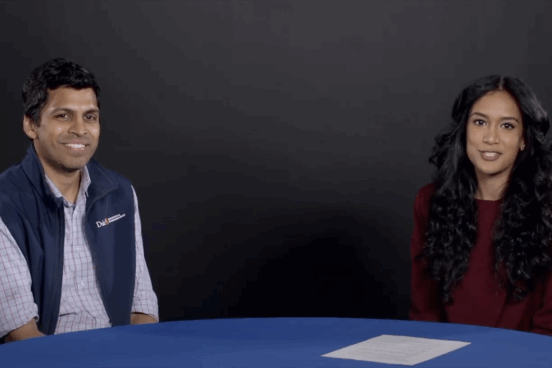Duke Daytime MBA Student Blog

Helping an Asset Manager Tackle Climate Change as a CASE i3 Fellow
I came to business school to learn how to make the business case for taking action on climate change, and my time as a CASE i3 Fellow offered a remarkable opportunity to apply what I’d learned to the real world.

“If there is a project with the words climate change and risk management in the description, I want it.” The CASE i3 program lead, Carrie Gonnella, smiled and told me to wait until the projects were released.
Prior to business school, I spent seven years as a dedicated public servant working at the U.S. Environmental Protection Agency. I came to business school to learn how to make the business case for taking action on climate change. My time as a CASE i3 Fellow offered a remarkable opportunity to apply what I’d learned to the real world. My CASE i3 Consulting Practicum (CASE i3CP) project was leading a team to develop a strategy for how our client, SEI, should approach climate change risk management.
SEI is a 50-year-old technology and investment solutions provider, with approximately $1 trillion in assets under management and administration (as of March 31, 2021). In early 2020, SEI hired a Fuqua alum, Jana Holt, to be their first Global Director of Sustainable Investing Solutions. When Jana needed fresh thinking on an impact investing project, she turned to CASE i3. Call it fate, luck, or happenstance, I wanted to take on the project from the moment I knew it existed.
The CASE i3 Process
Being a CASE i3 Fellow is a truly unique experience. After putting in your sweat equity as a first year CASE i3 Associate, you undergo a competitive process to continue on as a CASE i3 Fellow during your second year. Once selected, the transformative leadership experience truly begins.
The CASE i3 team spends the summer sourcing a variety of projects related to advancing the field of impact investing. Upon arrival back at Fuqua in the fall, the newly minted CASE i3 Fellows take over, conducting due diligence calls and making their ultimate project selections. Next up is recruiting a team of four to six students to work on the project with you as Associates.
With your hand-selected project and team of Associates ready to go, the work slowly ramps up. Throughout the fall, you work on project scoping and a Letter of Agreement, so that by the time Spring Term 1 starts, you and your team are ready to hit the ground running. Twelve weeks (two terms) later, you send off your final deliverables and write a personal reflection on the experience, realizing how much you’ve accomplished and grown in such a short amount of time.
The Project
Armed with my dream project and hand-selected team of five associates, it was time to get to work. We conducted extensive stakeholder engagement, as well as desk research, to understand: (1) what SEI’s internal needs were and how a climate change risk management strategy could fit within existing processes; (2) what external best practices and capabilities existed; and (3) what the emerging regulatory landscape was.

To kick off our interviews with internal stakeholder groups at SEI, and to get ourselves smart, we developed and presented a training on climate change risk covering the current state of climate change science and its anticipated impacts on the financial sector. We also explored the inverse relationship between physical and transition risks and the growing momentum around the Taskforce on Climate-related Financial Disclosure (TCFD). Externally, we engaged third-party service providers of climate change data and scenario analysis tools and then interviewed about a dozen of SEI’s subadvisors, who are the asset management field’s leaders on climate change risk management.
Almost 30 interviews later, the team came together and developed a customized set of recommendations for SEI, spanning the areas of governance, investment strategy, corporate strategy, and risk management. Going beyond the impacts of climate change on asset valuation, we learned there are many other important levers for change, including client attraction and retention, maintaining a strong corporate reputation, preparing for regulatory changes, and employee retention and motivation.
The Leadership Experience

Not pictured: Vishrut Chatrath, Rob Golterman and Reem Fatayerji
Through this process, I learned a lot more than just the technical and practical details of implementing a climate risk management strategy. I also learned a great deal about leadership, team management, and project management. I learned how to effectively strike a balance between engaging the team in the decision-making process and getting bogged down by logistics, and how to empower team members to own certain elements of the project, leading to increased engagement. Finally, I learned how important it was to provide a psychologically safe environment that encouraged open and candid (sometimes even a little heated!) discussions over major project decisions and our final recommendations.
In my time as a CASE i3 Fellow, I was not only able to apply what I learned during my time at Fuqua to a space I am passionate about, I also learned that being a good leader, building a strong team, and coming up with the best solutions all take significant investments of time, energy, and effort. More importantly, what I learned about myself is that I wholeheartedly believe those investments are worth it.



